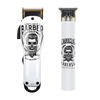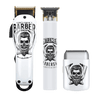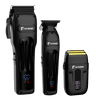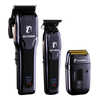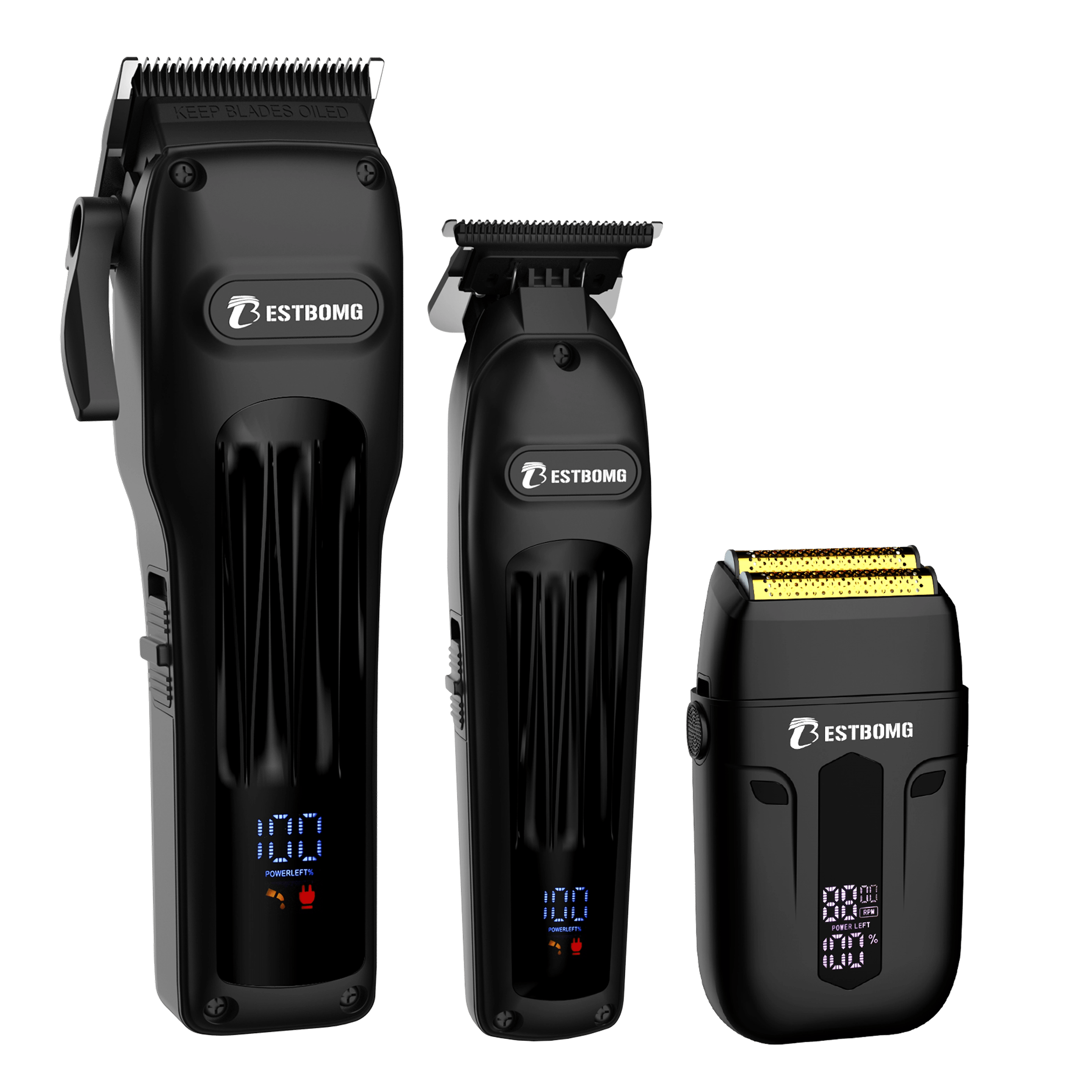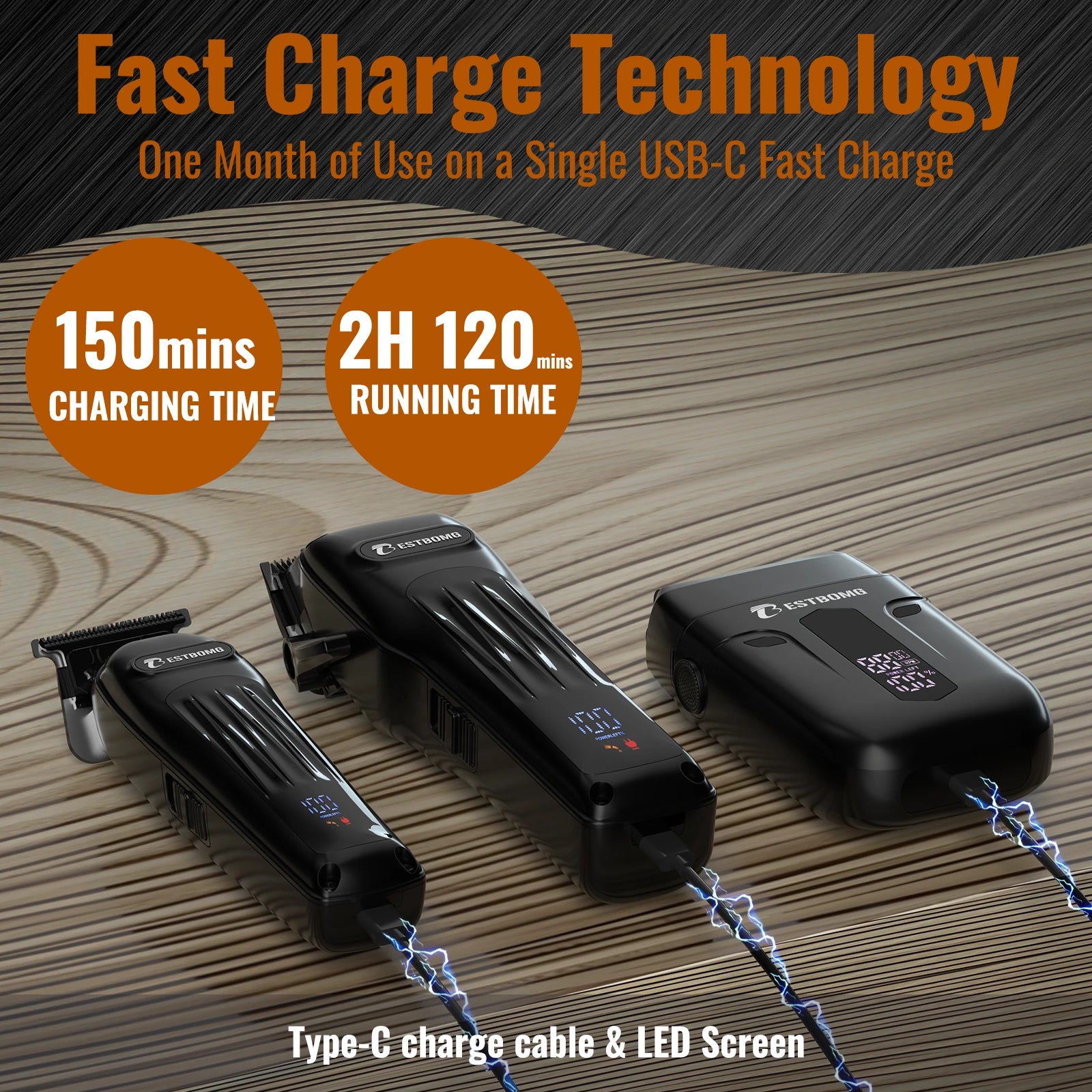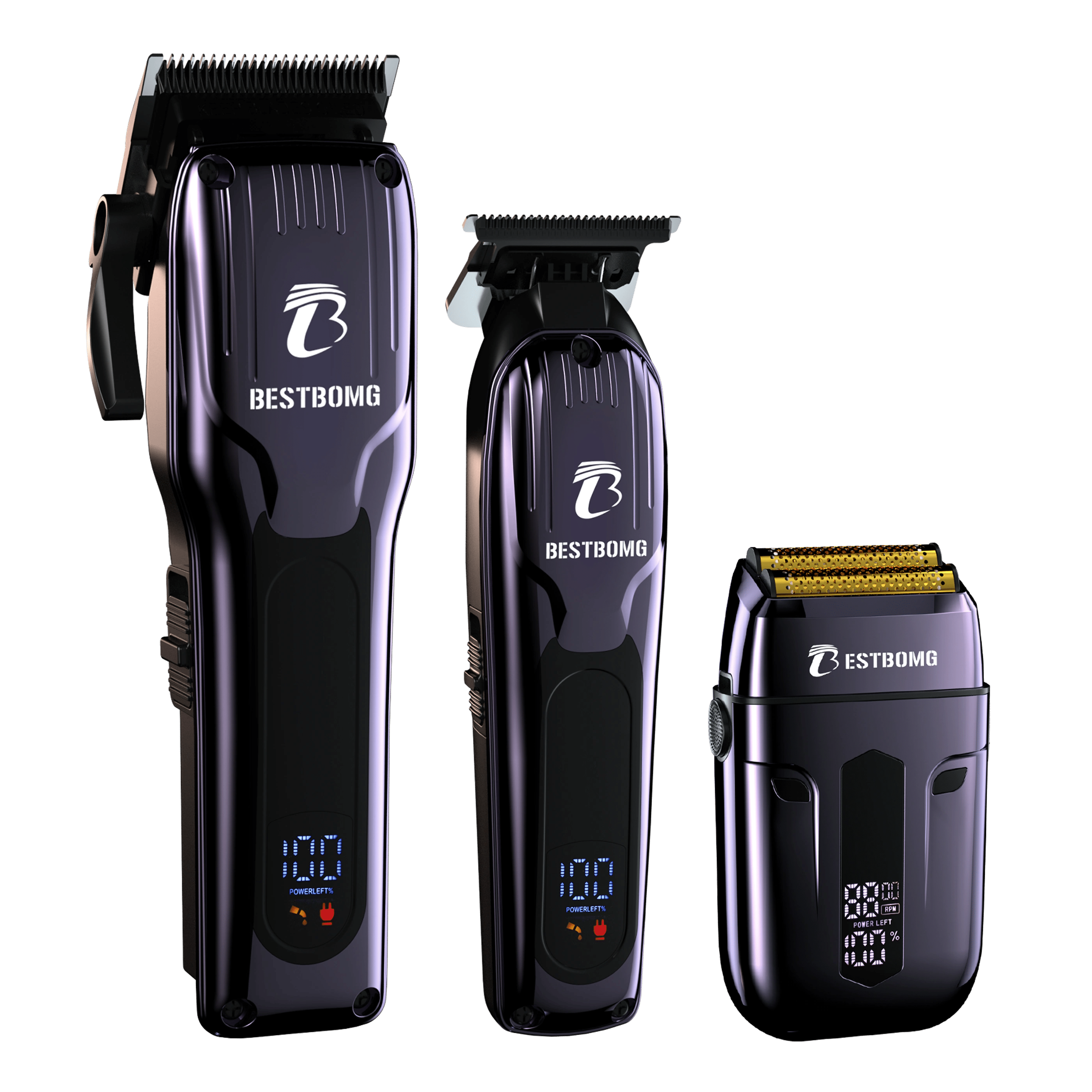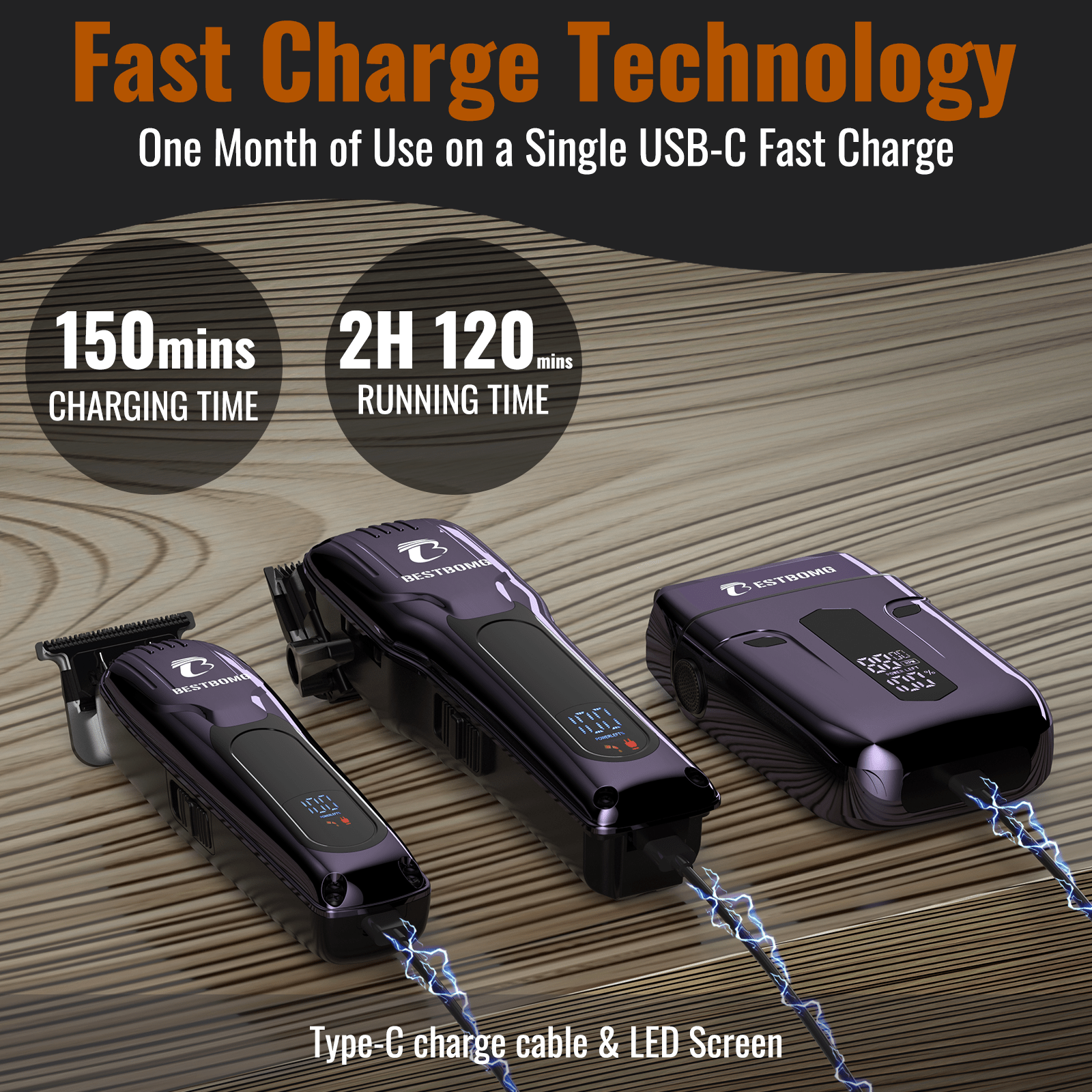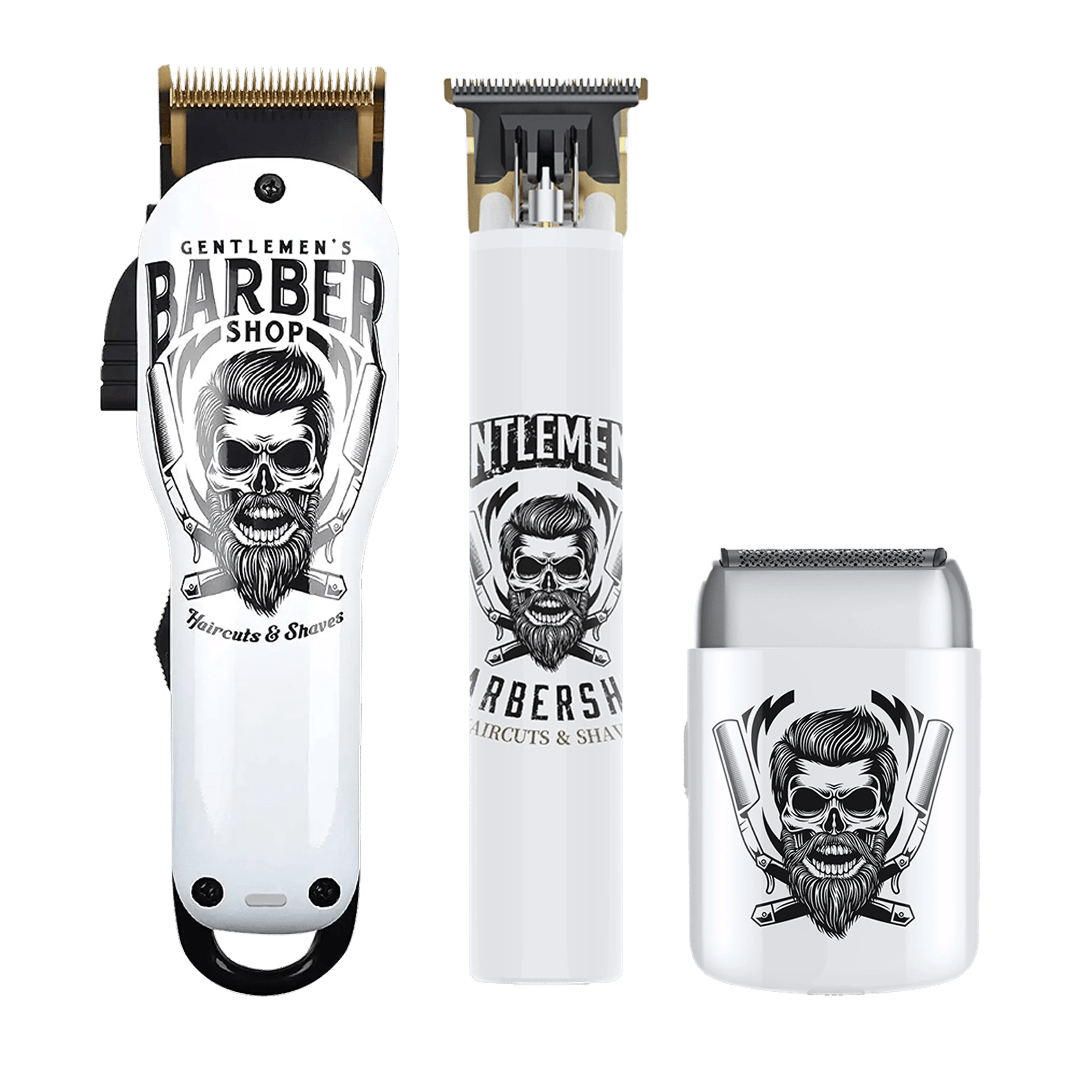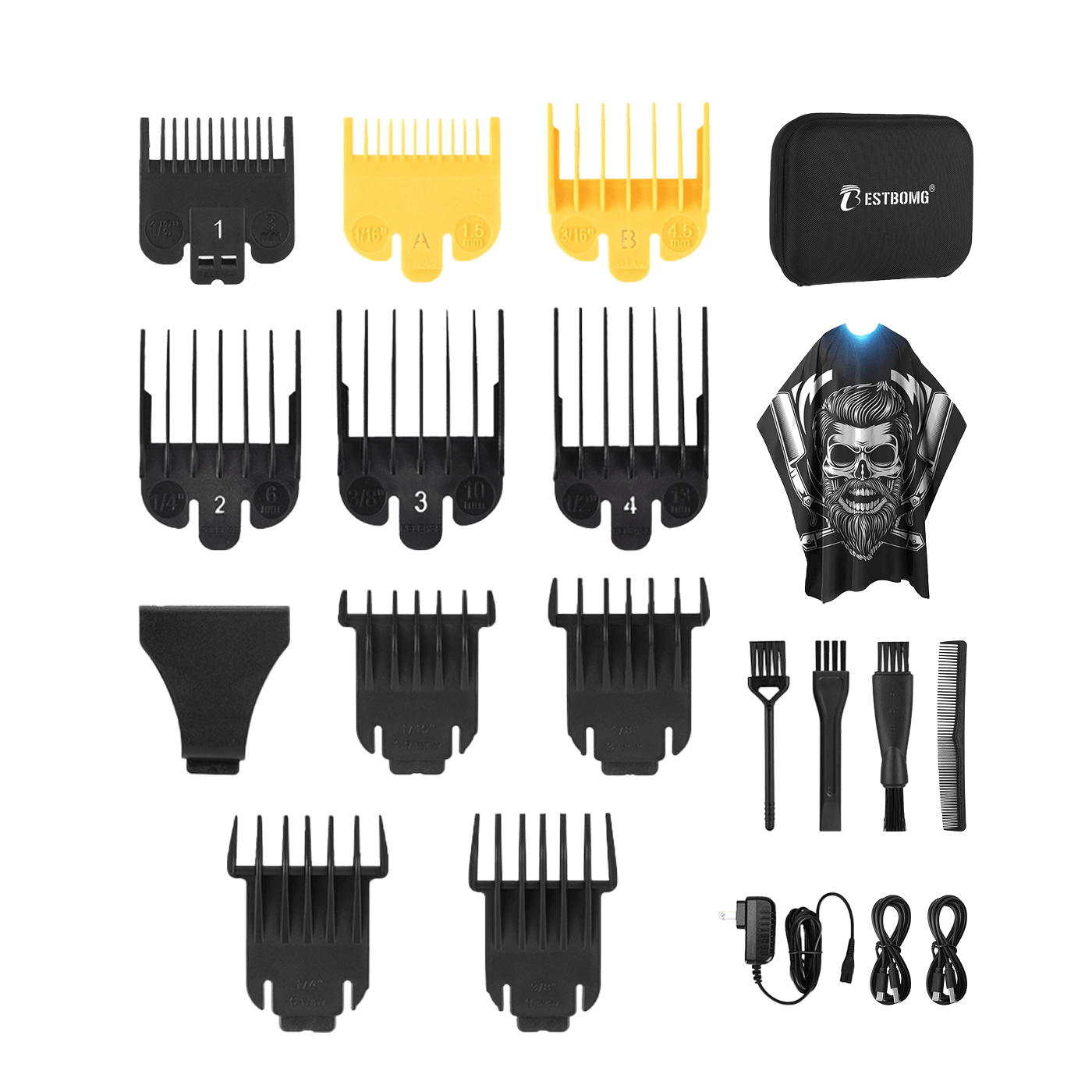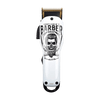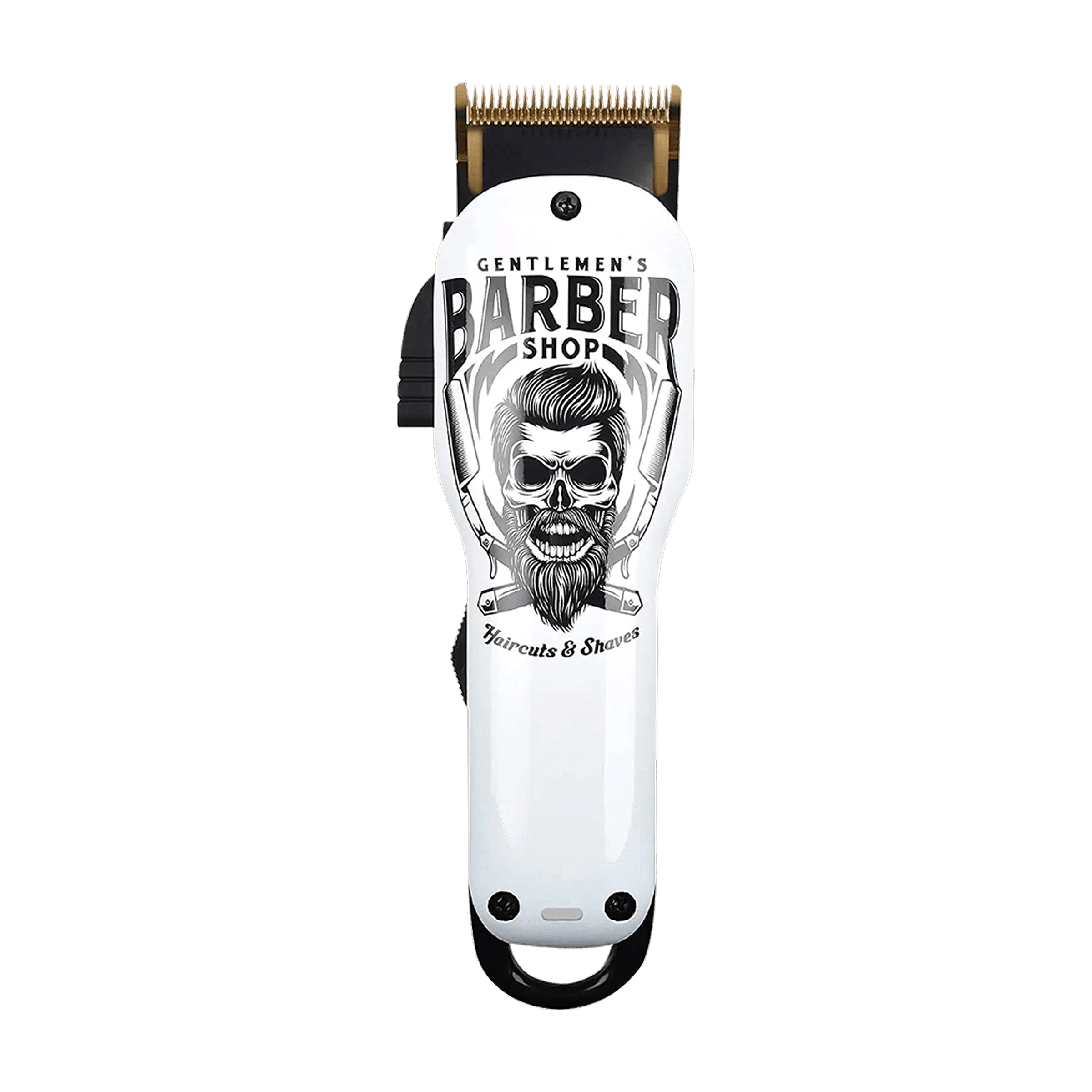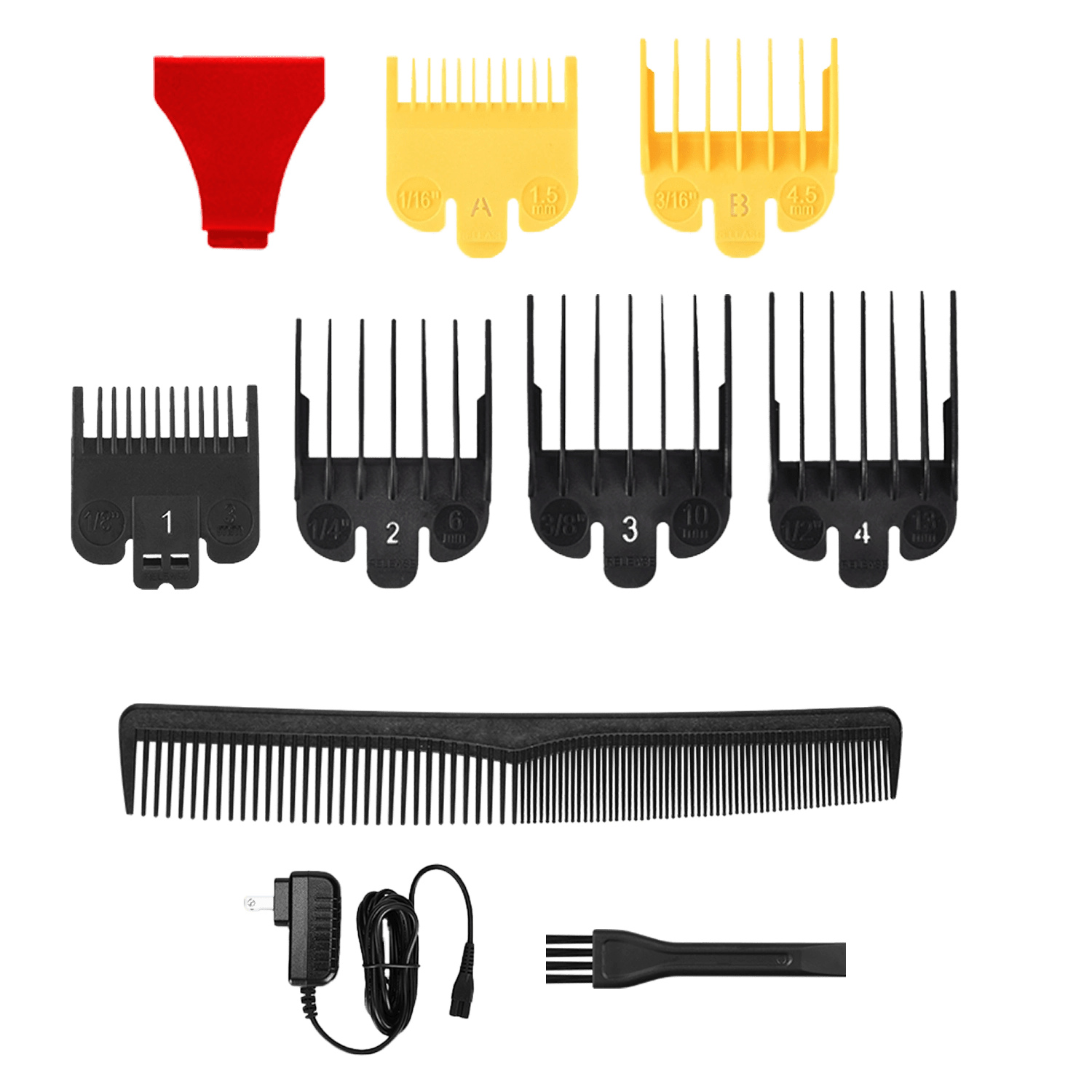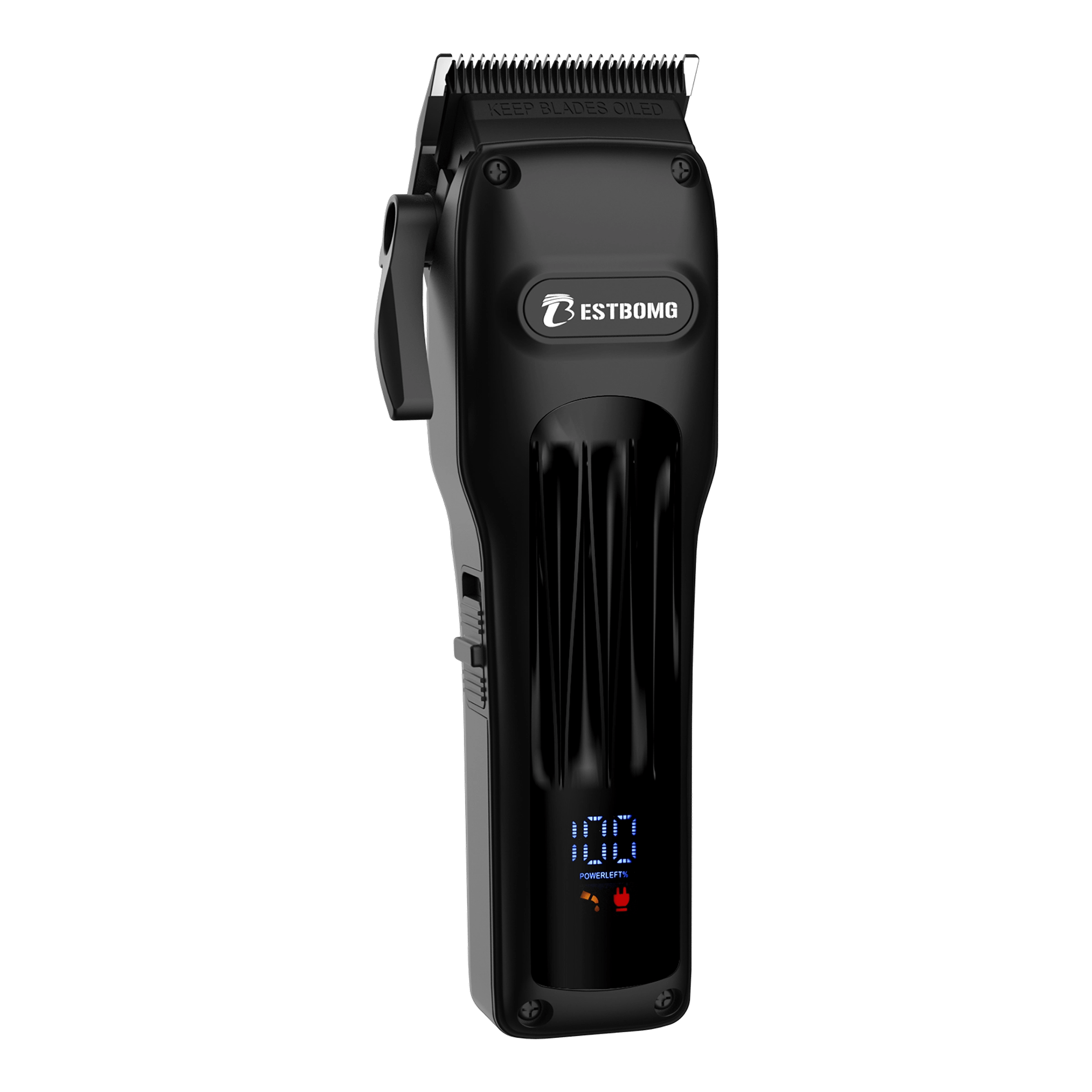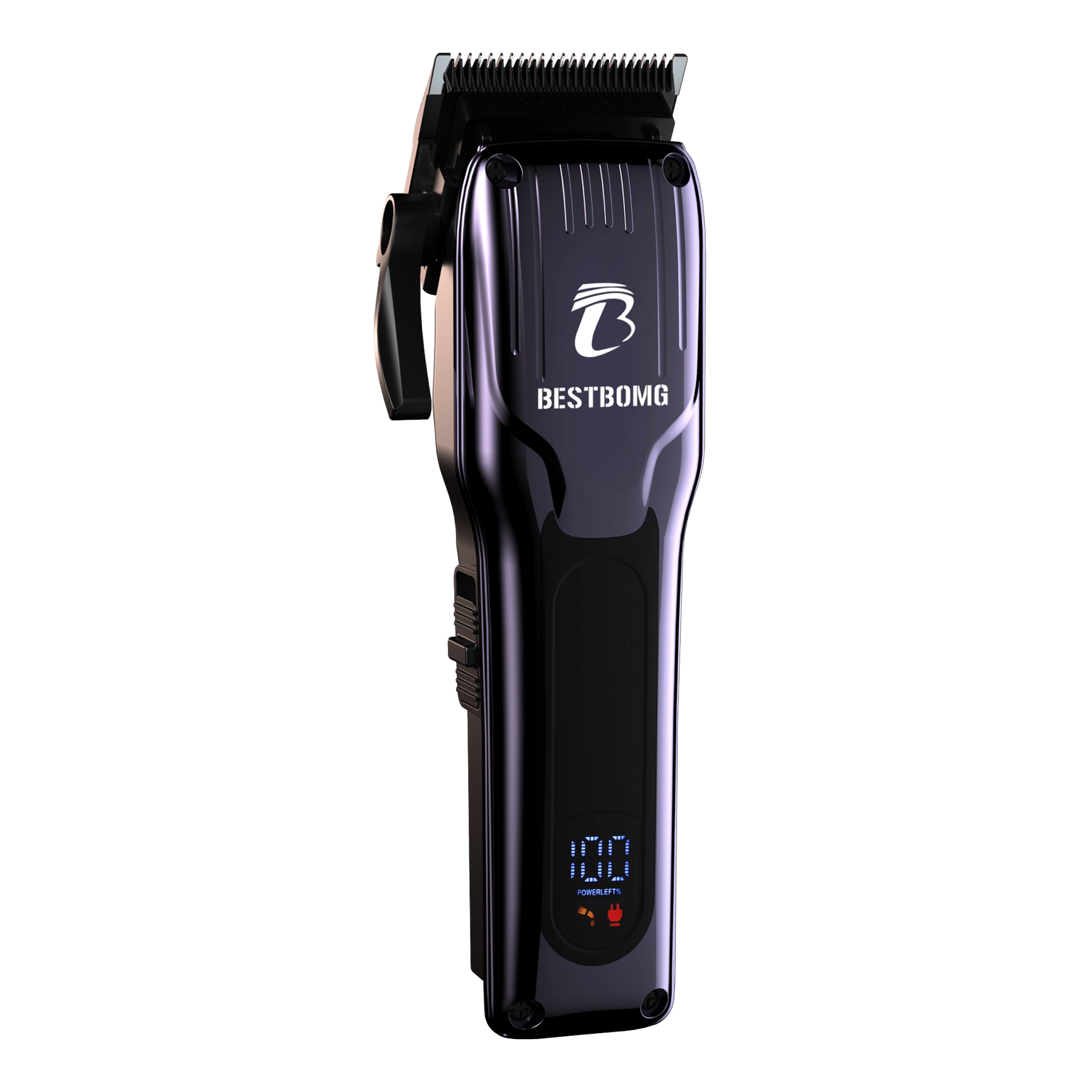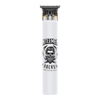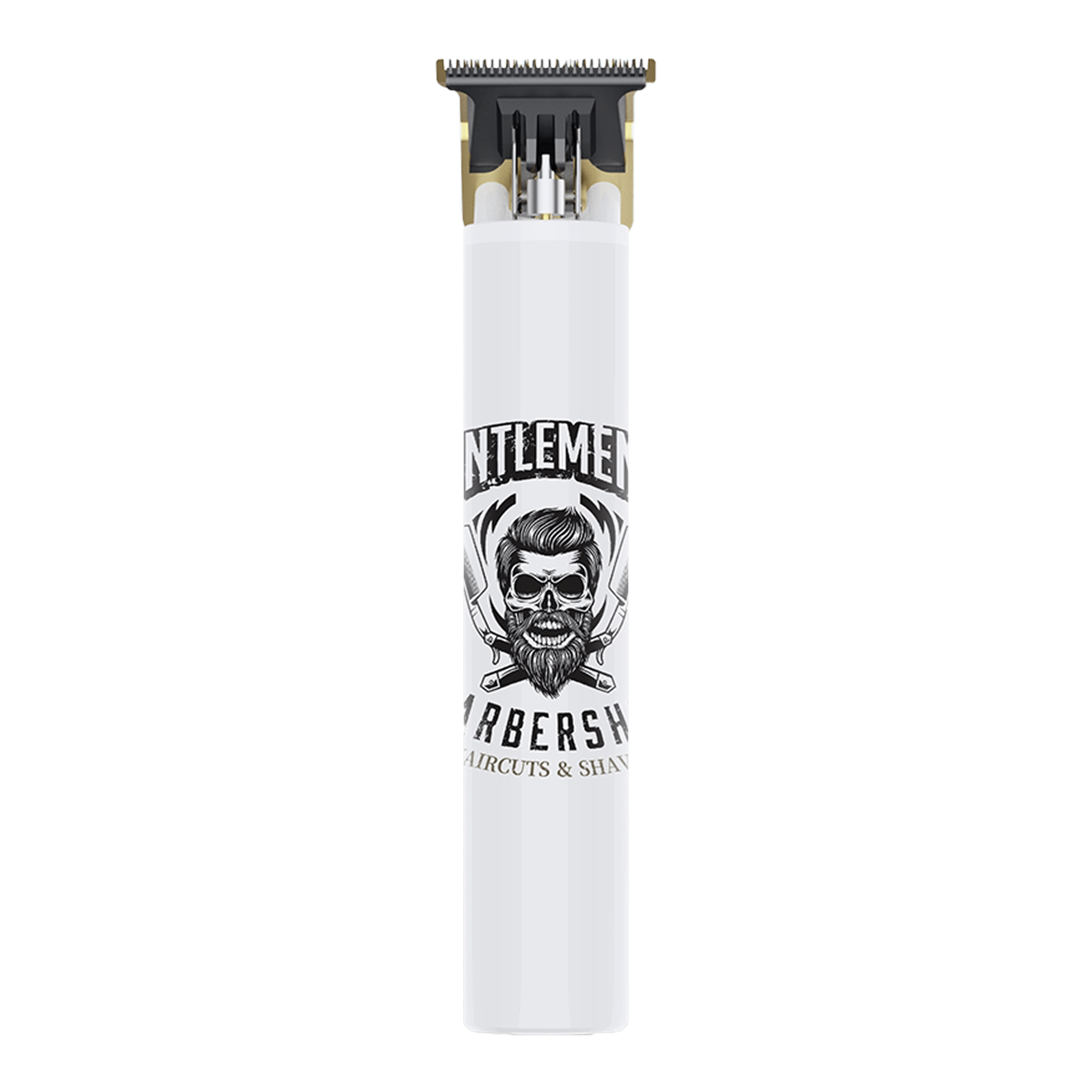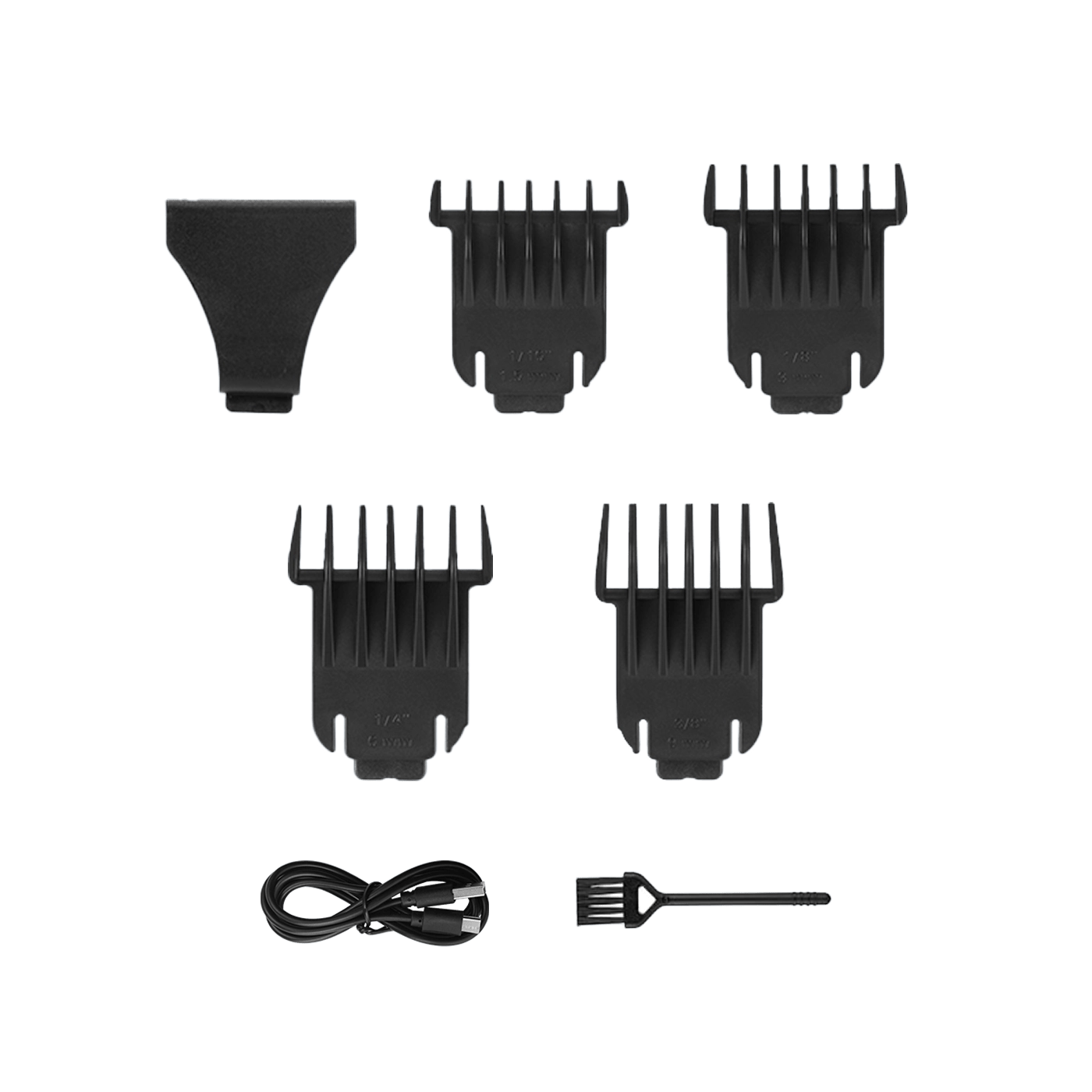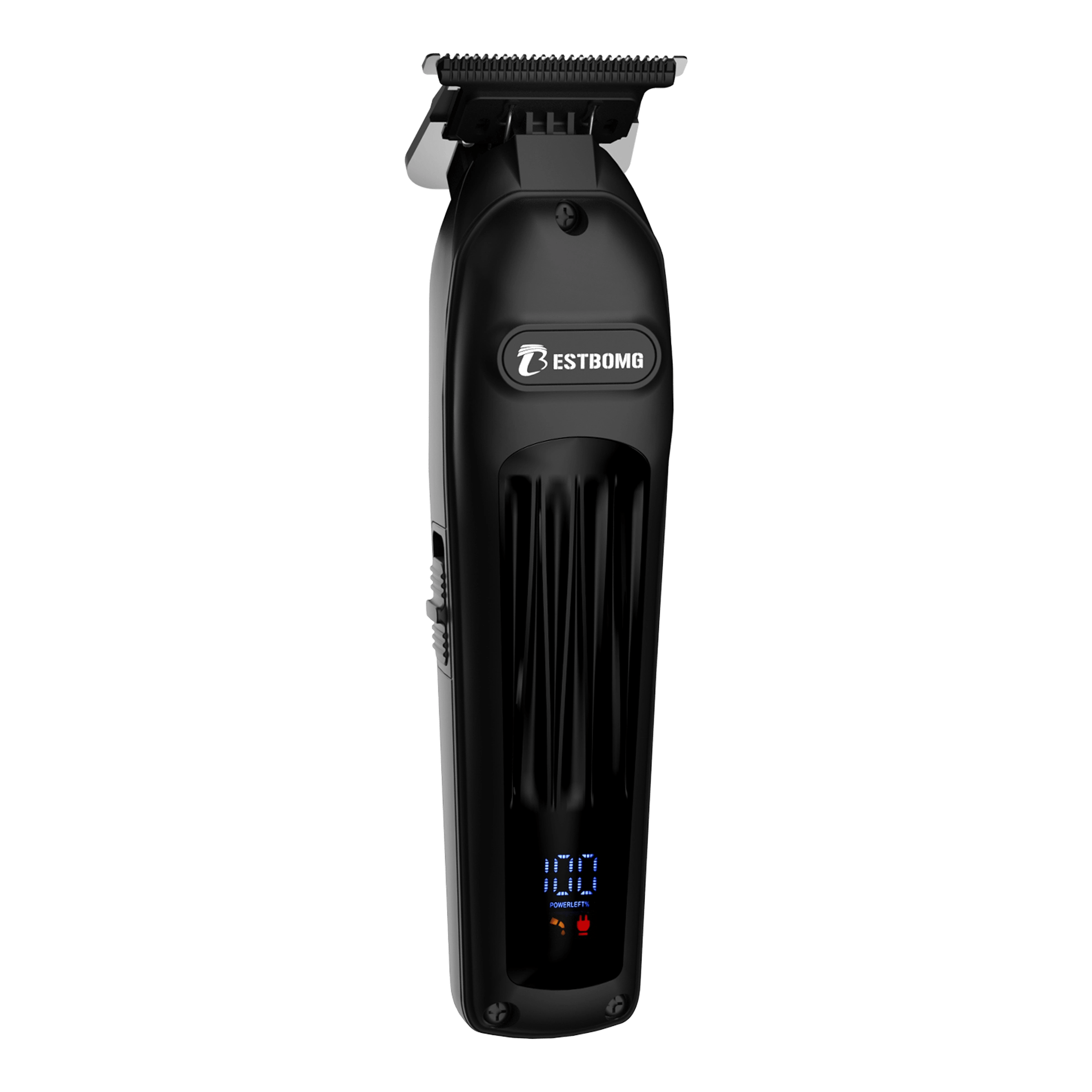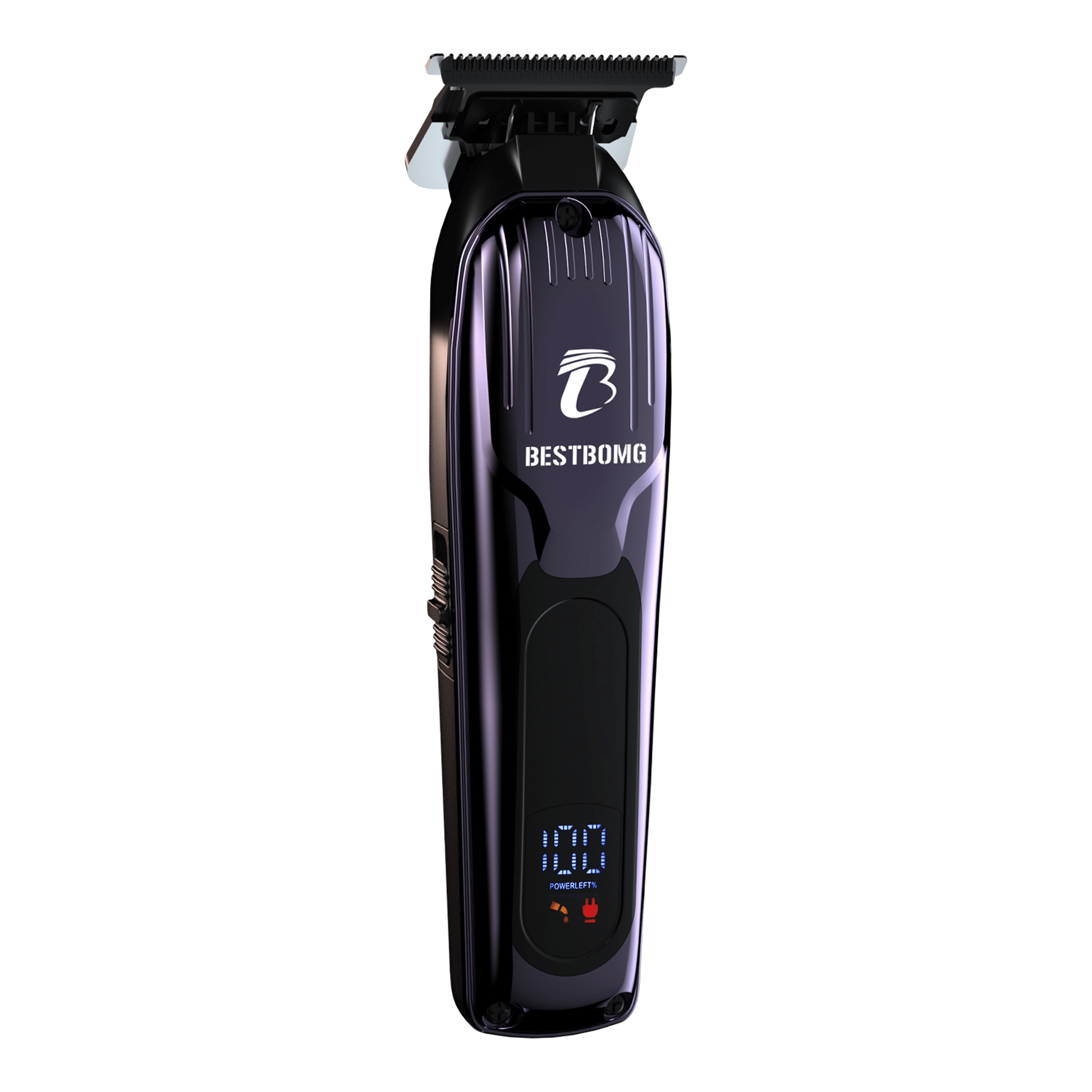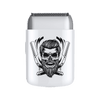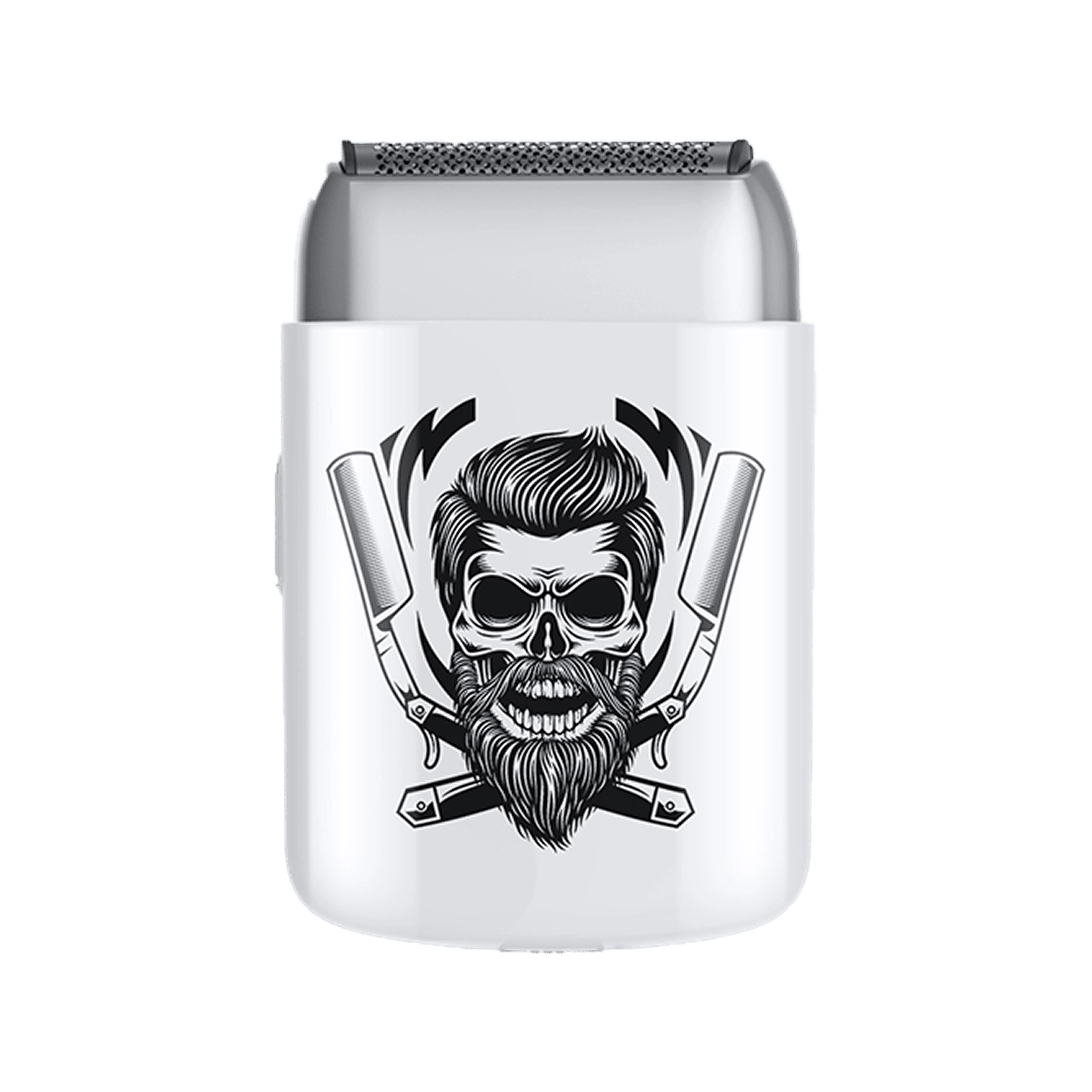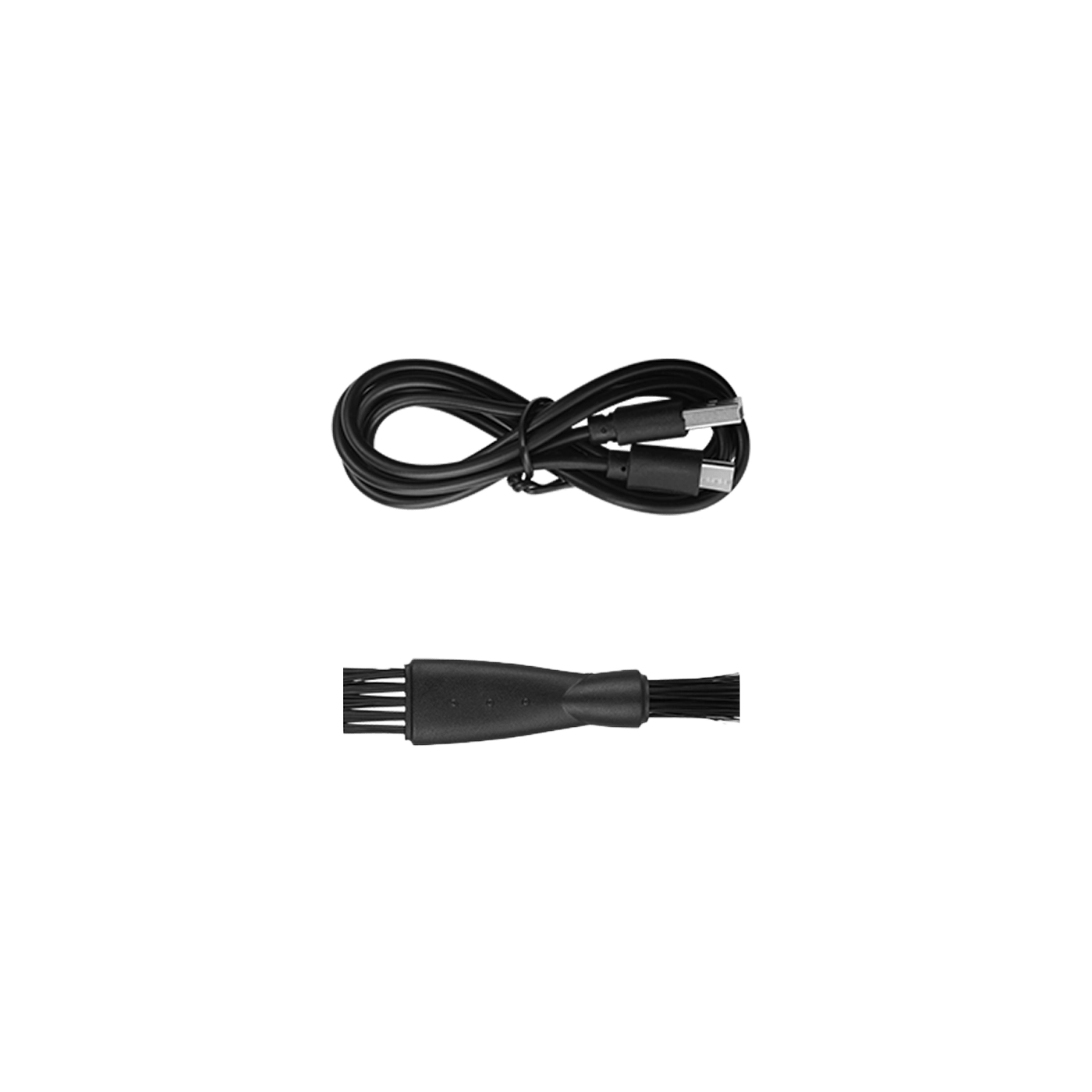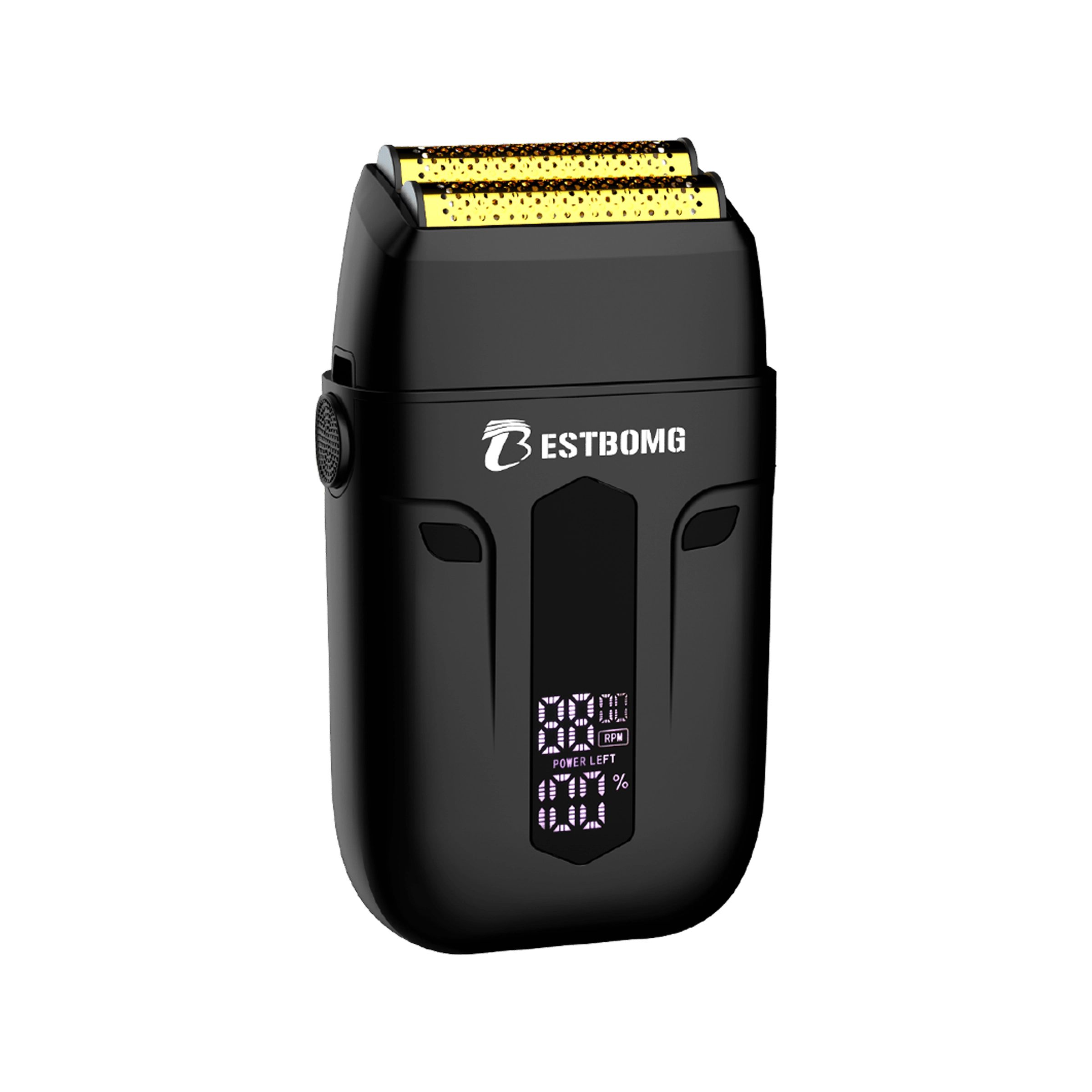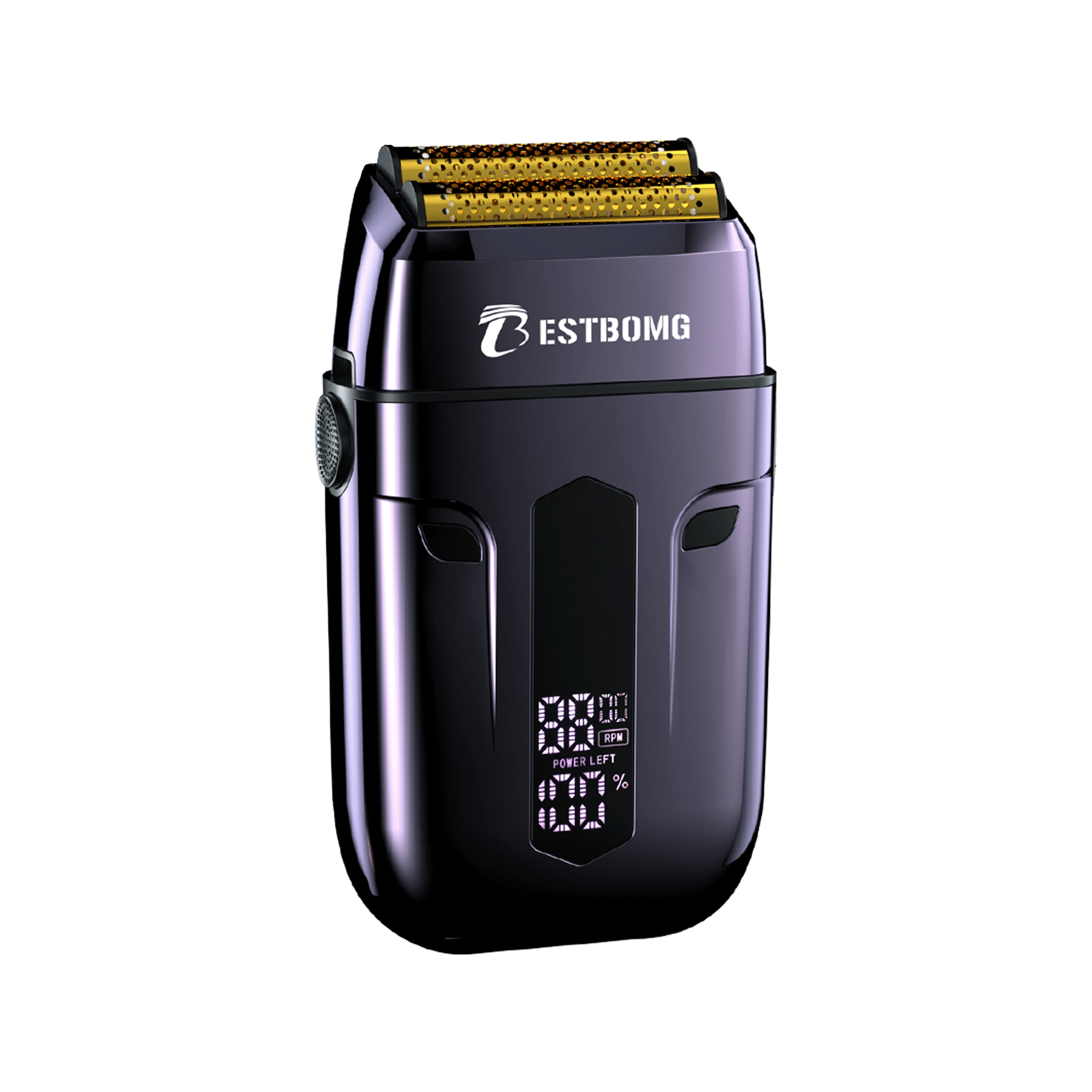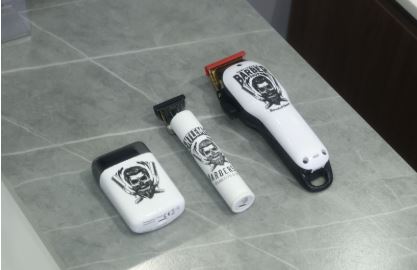Cutting hair at home is absolutely doable—even if you’re brand‑new. This guide shows you how to use clippers to cut hair step‑by‑step, explains guard numbers, and shares beginner‑friendly “recipes” for styles like an even buzz, short‑back‑and‑sides, and a simple low taper. We’ll also cover common mistakes, cleaning, and must‑know tips about the taper lever.
The 30‑Second Game Plan (Beginner‑Proof)
- Start longer. Begin with a higher guard (e.g., #4) on sides/back; you can always go shorter. Philips and other makers stress starting long and stepping down.
- Work sides/back first. Go upward against the grain, then flick out near the ridge (temple‑to‑occipital “horseshoe”).
- Blend the transition. Use the taper lever (half‑open) or a half‑guard on the line until the shadow melts. Wahl: lever up = closer, down = longer.
- Cut the top last. Use a longer guard (#5–#7) or clipper‑over‑comb for shape.
- Detail edges. Around ears/neckline, use a smaller guard or the clipper with the lever up (closest) and tiny, tapping motions.
- Clean & oil. Brush, clean, then add a few drops of oil; run 5–10 seconds and wipe excess.
Tools You’ll Need
- Clippers with a taper lever and guards (guide combs)
- Comb, cape/towel, section clips, spray bottle (light mist only)
- Hand mirror (for self‑cuts), good lighting
- Cleaning brush, clipper oil, and optionally a disinfectant spray
Guard Numbers Explained (with Inches & Approx. mm)
What do 1, 2, 3, 4, 5 mean in haircuts? These are guard numbers that control how much hair the clipper leaves behind. Standard sizes from Wahl’s chart:
|
Guard |
Inches |
Approx. mm |
|
#½ |
1/16" |
~1.5 mm |
|
#1 |
1/8" |
~3 mm |
|
#2 |
1/4" |
~6 mm |
|
#3 |
3/8" |
~10 mm |
|
#4 |
1/2" |
~13 mm |
|
#5 |
5/8" |
~16 mm |
|
#6 |
3/4" |
~19 mm |
|
#7 |
7/8" |
~22 mm |
|
#8 |
1" |
~25 mm |
Tip: Start longer than you think. You can step down a guard; you can’t put hair back. (Wahl’s UK guide also links certain guards to easy styles like buzz cuts and fades.)
The Taper Lever (Your “Micro‑Guard”)
That small lever on the side of your clipper lets you fine‑tune length between guards—perfect for blending.
- Lever up (closed) = closer cut.
- Lever down (open) = slightly longer.
Step‑by‑Step: How to Use Clippers to Cut Hair (Beginner Method)
The sequence below combines the basics most brands teach with beginner‑safe technique—start longer, work zone by zone, and blend with the lever. (Philips covers start‑long, step‑down; Wahl details lever use and cleanup.)
Prep & Section
- Wash and dry hair. (Clip when dry for best control.)
- Comb thoroughly; clip the top out of the way along the natural part.
- Agree on a reference photo and guard plan (e.g., #3 sides/#5 top).
Sides & Back (Build the Base)
- Start with #4 guard, lever open.
- Move the clipper upward against the grain from the neckline toward the ridge (the “horseshoe” from temple to occipital bone).
- As you approach the ridge, roll your wrist outward in a light “C‑stroke” to avoid gouging into the top.
- Repeat around both sides, then the back, overlapping each pass.
Create & Blend the Transition
- Step down one guard (e.g., #3 open) and work just below the darker “weight line.”
- Use short, upward flicks at the line.
- If the line lingers, tap just under it with #2 open; then return to #3 open to soften.
- Use the lever (half‑open/closed) for micro‑adjustments until the shadow melts. (Wahl’s lever guidance is exactly this: up = closer, down = longer.)
Cut the Top
- Guard‑only approach: choose #5–#7 for the top; run front‑to‑back, then cross‑check side‑to‑side.
- Clipper‑over‑comb: for more shape, lift hair vertically with a comb and skim along the comb’s teeth in tiny passes.
Detail Work: Sideburns, Ears & Neckline
- Sideburns: trim downward to the chosen length; match both sides.
- Around ears: fold the ear gently; use a smaller guard or no guard with lever up, tapping lightly.
-
Neckline options:
1. Natural taper (beginner‑safe): step down #3 → #2 → #1 toward the base.
2. Squared/blocked: with lever up and no guard, tap a straight line (short dabs, not one long swipe). - Cleanup trick: Wahl suggests flipping the clipper for precise edging (the “inverted clipper technique”).
Final Check
- Brush off loose hair; use a hand mirror for the back.
- If a patch looks darker, feather it with the next longer guard and light, scooping strokes.
- Stop when it’s even—overworking creates patches.
Easy “Recipes” to Copy
These guard layouts mirror common brand advice for beginner‑friendly cuts. (Wahl UK associates #2–#3 with buzzes and #0–#4 ranges for fades; use the lever to soften steps.) Even Buzz (Fastest)
- Pick one guard all over (#3 is popular).
- Do one pass with the grain, a second light pass against for uniformity.
Classic Short‑Back‑and‑Sides
- Sides/back: #3 open to the ridge.
- Blend: #2 open just below the ridge; use #3 half‑open/closed to erase the line.
- Top: #5–#6 (or clipper‑over‑comb for shape).
- Edge: lever up for sideburn bottoms and neckline.
Crew Cut (Neat & Easy)
- Sides/back: #2–#3.
- Top: #4–#6 (slightly longer at the front).
- Blend: with a half‑guard or lever half‑open.
Simple Low Taper (Beginner Fade Feel)
- Neckline: #1 (1–2 cm high).
- Mid area: #2 overlapping above.
- Upper: #3 into the ridge.
- Blend: use lever half‑open to blur steps.
Self‑Cut Tips (How to Cut Your Own Hair with Clippers)
- Mirror setup: a wall mirror plus a hand mirror (or a tri‑fold).
- Zones: finish one zone at a time (right side → left side → back → top).
- Back of head: tuck your chin slightly; use short upward strokes and check the mirror every few passes.
- Start longer: Philips’ self‑cut guide specifically recommends high settings first, then shorter as you gain confidence.
- Time & patience: multiple media guides echo start longer, go slow, and work in good light.
Do I Use Clippers on Wet or Dry Hair?
Dry. Brand guidance for hair clippers consistently recommends clipping when hair is completely dry so hair stands up and doesn’t stick to skin. (Wet hair is fine for scissor work, but clippers perform best on dry.)
Maintenance: Clean, Oil, Store (Takes 1–2 Minutes)
- After every cut: brush hair out; if your model allows, wipe/clean the blade area.
- Oil: brands show tilting the clipper down, running it, and applying a few drops across the blade, then wiping excess—keeps blades cool and reduces friction.
- Check alignment occasionally (important for comfort and safety). Wahl’s instructions show how to confirm the moving blade sits slightly behind the stationary blade and how to re‑align if needed.
Common Mistakes (and Quick Fixes)
- Starting too short. Fix: go up a guard and re‑blend.
- Pressing too hard. Fix: lighten your touch; let the motor cut.
- Ignoring the lever. Fix: treat it like a micro‑guard to blur lines.
- Skipping cleanup/oil. Fix: brush, clean, oil; clippers run cooler, quieter, and tug less.
- Cutting wet. Fix: dry first for accuracy.
Which Clipper Should I Buy?
Look for:
- Strong motor (steady power through dense hair)
- Taper lever + solid guard set (#1–#4 at minimum; #5–#8 for flexibility)
- Comfortable weight/balance (especially for self‑cuts)
- Easy cleaning & parts (replacement blades/guards)
Two easy picks:
- BESTBOMG Premium Hair Clippers — 7000 RPM motor with 8 guards (~1.5–19 mm) for versatile cuts and blends at home.
- BESTBOMG Y4 Hair Clippers — 6500 RPM motor, adjustable 0.5–2.0 mm blade for detailing, 6 guards, and long cordless runtime.
Wrap‑Up
Learning how to cut hair with clippers is about three habits:
- Start longer and step down;
- Blend with the lever (your micro‑guard);
- Clean and oil so the blades stay cool and sharp.
Follow the step‑by‑step above and you’ll get neat, intentional results—without the stress. When you’re ready to build a simple, reliable kit, start with BESTBOMG Premium Hair Clippers or the BESTBOMG Y4 Hair Clippers—both beginner‑friendly with the guards and power you need for smooth at‑home cuts.
Frequently Asked Questions
How to use clippers to cut hair for beginners?
Start with dry hair and a longer guard (#4 on sides/back). Work upward against the grain to the ridge, then blend the transition with a half‑guard or lever (half‑open/closed). Cut the top last with a #5–#7 or clipper‑over‑comb. Edge with lever up and tap lightly. Clean and oil after.
What do 1, 2, 3, 4, 5 mean in haircuts?
They’re guard numbers that control how much hair remains. Standard sizes: #1 = 1/8", #2 = 1/4", #3 = 3/8", #4 = 1/2", #5 = 5/8", #6 = 3/4", #7 = 7/8", #8 = 1" (approx. 3–25 mm).
Do I use clippers on wet or dry hair?
Dry is recommended for clippering—wet hair sticks to skin and can be missed. Philips explicitly advises clipping when hair is completely dry.
Is it okay to cut hair with clippers?
Yes—clippers are designed for bulk removal and length control with guards. Use proper guard sizes, the taper lever for blending, and follow basic clean/oil maintenance for smooth, safe results.
Any pro tips for self‑cuts?
Use a hand mirror, work in zones, start longer, and go slow. Media how‑tos and brand guides echo these points for consistent DIY results.
Czytaj więcej
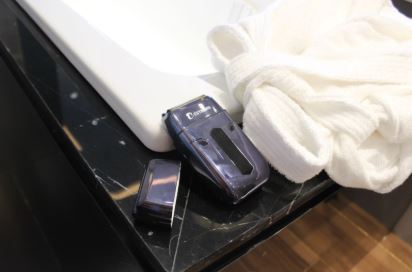
What Is a Foil Shaver Used For? Benefits, Uses & How It Works
If you want a shave that’s close, quick, and gentle, a foil shaver is made for you. In plain English, a foil shaver hides fast‑moving straight blades under a thin, perforated metal screen (the “foi...
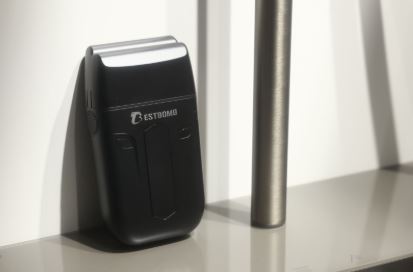
Foil Versus Rotary Shaver: Which Electric Shaver Is Best for You?
Choosing an electric shaver shouldn’t feel complicated. The truth is, both foil shavers and rotary shavers can deliver a clean, comfortable shave—the best pick depends on your skin, hair, and habit...
